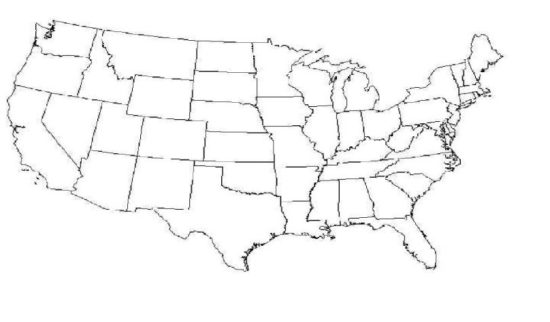Another area of pronunciation in which varieties of English can be distinguished is in the phoneme /r/. This is not only true between nations like Great Britain and the U.S., but also within them. Within the United Kingdom the pronunciation of /r/, or rather, how it affects the preceding vowel sounds, differs from shire to shire, let alone between Aberdeen and Dover. This great range of difference is not quite so great even within the much larger USA, but there are differences there, too.

Thus, John F. Kennedy, who was born in the northeastern region, specifically in Massachussetts, pronounced his /r/ in a non-standard way. This more palatal /r/ that affects vowels less is used predominantly in the Northeast and in the Southern States.
As a rule, in any case, Standard American English calls for the usual rhotic, rounded /r/ that is introduced elsewhere as a liquid consonant. Its role is quite significant in the language, as it has a stronger effect on the sounds around it, in particular on the vowels that precede it. Try:
So what happens to the vowels in these words? The /r/ eliminates any tenseness in a preceding vowel, and makes it feel more soft or relaxed. Remember that in producing the American /r/ the tongue should be pulled back and somewhat curled up to create that rounded sound. Here are some more words to practice with. Listen and repeat.
There’s not much to do about this issue except to practice it. It is mostly important to know about how different speakers will pronounce their /r/ differently, so to be aware that what you are most familiar with is not necessarily what others will do.
Another thing that is important to know is that even the flatter /r/ in may be used as a linking sound in between vowels. So even where it would be pretty much swallowed, as in London or in Boston, you will hear it in longer utterances such as my sister is an hour away.
my sister ⤻is an hour ⤻away
More on connected speech and this kind of liaison can be found elsewhere. Watch this space for other exercises giving you practice on pronouncing and understanding these r-colored vowels.


